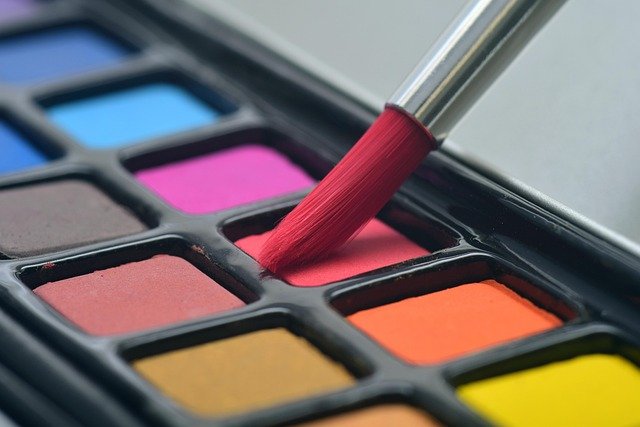Color Analysis: How Color Shapes Personal and Visual Choices
Color analysis is the practice of assessing how specific hues and combinations interact with a person’s features, an object, or a design goal. It draws on principles from art, science, and psychology to recommend palettes that flatter a face, clarify brand messaging, or improve usability. This article explains the foundations of color analysis, how the color wheel and color theory inform decisions, and practical ways to apply color psychology and harmony in everyday design and style choices.

What is color theory?
Color theory is a set of practical guidelines and principles used to understand and organize colors for visual communication. It covers relationships between hues, how colors mix (additive and subtractive systems), and how light affects perception. Designers and artists use color theory to predict which combinations will contrast, complement, or blend. In color analysis, theory helps translate visual goals—such as creating emphasis, balance, or mood—into specific color choices that function reliably across media and materials.
How does the color wheel work?
The color wheel is a circular diagram that arranges hues by their relationships: primary, secondary, and tertiary colors. It’s a visual tool for choosing complementary (opposite on the wheel), analogous (adjacent), triadic (evenly spaced), and split-complementary schemes. For color analysis, the wheel simplifies decision-making: complementary pairs can create contrast and energy, while analogous sets produce cohesion and calm. Understanding the wheel also helps with tinting (adding white), shading (adding black), and toning (adding gray), which change perceived temperature and intensity.
What is color analysis for individuals?
Color analysis for individuals evaluates which colors best harmonize with a person’s skin tone, eye color, and hair. Systems range from seasonal categorizations to more granular palettes that consider undertones (warm vs. cool) and contrast levels. The goal is practical: suggest clothing, makeup, or hair colors that enhance natural features and reduce visual conflicts. Effective individual color analysis accounts for lighting conditions and fabrics, since natural and artificial light can shift how colors appear in real-world situations.
How does color psychology influence perception?
Color psychology studies how colors affect emotions, cognition, and behavior. Certain hues are commonly associated with responses—blue with calm and trust, red with urgency or warmth, green with nature and balance—but meanings vary by culture and context. In applied color analysis, psychology guides choices that align with intended impressions: for instance, selecting colors that evoke reliability for a brand or energy for a product. Responsible use requires testing and sensitivity to audience and cultural differences rather than relying on fixed or universal interpretations.
How can color harmony be achieved?
Color harmony is the balanced and pleasing arrangement of colors so they work together visually. Achieving harmony involves selecting a dominant color, supporting colors, and accents, then adjusting saturation and value to manage contrast. Tools like the color wheel and harmony rules (complementary, analogous, triadic) provide starting points, but harmony also depends on proportion, texture, and context. In apparel or interiors, neutrals often anchor a palette while one or two accent colors provide interest. Consistency across applications helps maintain perceived harmony in a brand or wardrobe.
Where to find tools and local services?
A range of tools and local services support color analysis, from digital apps and online palette generators to in-person stylists and color consultants. Digital tools can sample photos, suggest palettes, and simulate lighting; many designers use calibrated monitors and color management workflows to preserve accuracy. For personal color analysis, local services such as image consultants, stylists, or color-consulting firms can offer tailored assessments and fabric or paint recommendations. When choosing a provider or tool, check for demonstrations, sample results, and any credentials relevant to textile, cosmetic, or digital color work.
Color analysis bridges artistic sensibility and practical problem solving: it draws on color theory and the color wheel to make informed choices, uses color psychology to shape perception, and aims for color harmony in final applications. Whether you’re refining a personal wardrobe, designing a website, or selecting paint for a space, understanding these principles helps you choose colors that communicate clearly and look consistent under varied conditions.






